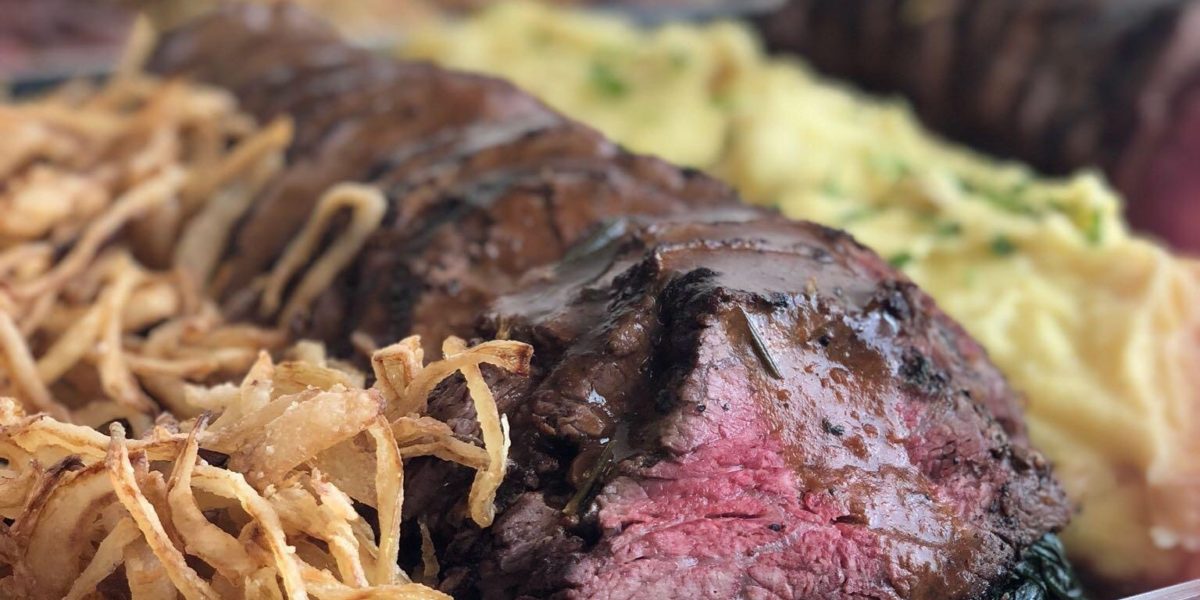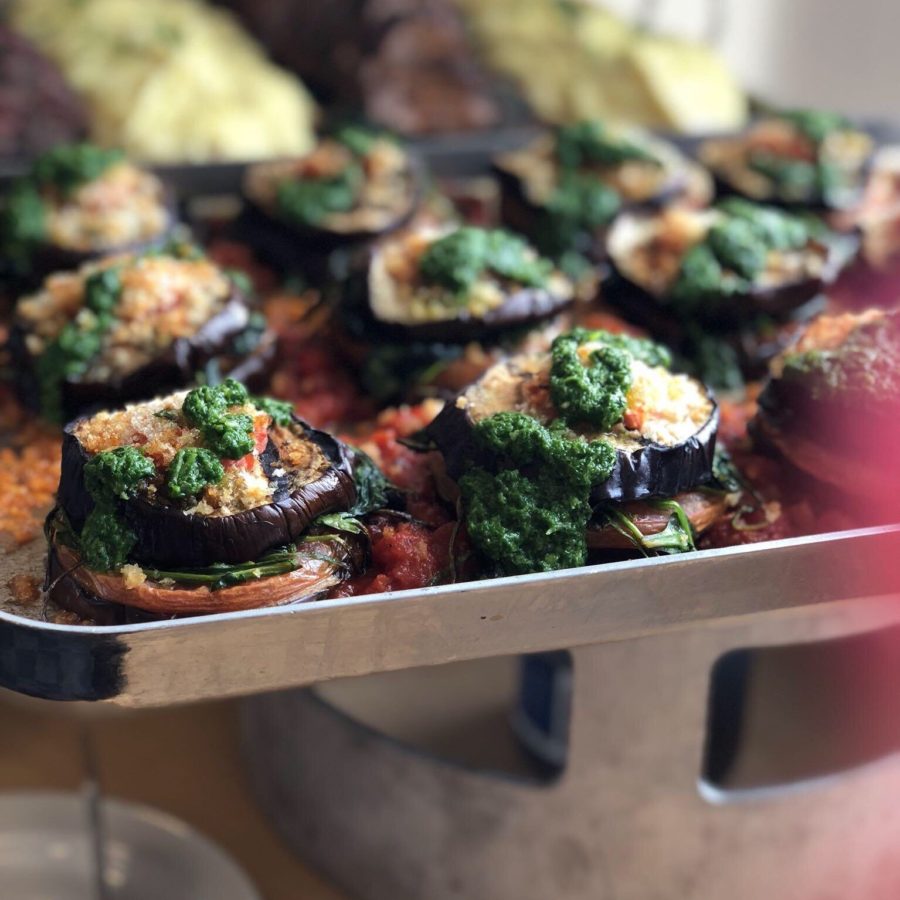
A Carnivore’s Guide to a Plant-Forward Diet
Americans devour the second highest amount of meat consumption per year, compared to the rest of the world, followed only by Australia. On average, Americans consume over 200 pounds of meat (beef, pork, poultry, and lamb) per person annually, and this consumption works hand-in-hand with our high levels of chronic diseases among the population. It’s time for a change.
While I am certainly not suggesting a complete conversion to a vegan or vegetarian diet is the right path to improving health, a few meatless meals a month could have a significant impact on our overall health and wellbeing.
Depending on taste preferences and cooking ability, here are a few tactics you can deploy to skip the meat.

Try Meat Alternatives
If you are someone who needs to have a protein in the center of your plate, grocery store shelves are stocked with meat-free substitutes for almost all real meats these days. Most of these are soy-based options that provide significant amounts of protein. Meat alternatives can be roasted or even grilled to give the appearance of meat.
One catch, if you have never meat-free substitutes, be aware that the texture is not quite the same. Another concern with meat alternatives is that many are very high in sodium, so be sure to read the label thoroughly before you buy. Plain tofu is a great choice as it is lower in sodium and can be seasoned with any spice rub or marinade you like.
Go Totally Meat Free
If meat alternatives seem like a poor attempt to trick yourself into having a meat-free meal, try complementary proteins instead. Complementary proteins are created by eating two non-meat food items together that give you all the essential amino acids found in meat. Complementary proteins can be created by eating any vegetables, grains, nuts, seeds or beans together (sorry fruit does not count).
For example, rice and beans or beans and vegetables are a great combination of complementary proteins. And they don’t necessarily need to be eaten together in the same food prep, but actually just on the same day. Bean burritos, greens and grain salads or even PB&J are perfect ways to get enough protein without meat.

But how do I make it taste better?
Add Umami. Umami is another taste just like salty, sweet, sour, and bitter, that gives us a savory sensation similar to the one we get from eating beef. Ingredients like mushrooms, fermented foods, tomatoes, cumin, and rosemary all provide umami flavor and can help make meat alternatives or complementary proteins have a similar palette reaction to eating meat.
Are you carnivore instincts too strong for these ideas? Start by replacing two servings of red meat with two servings of fish a week and you will still get many health benefits. Additionally, when you do eat meat make sure the portion is not too large; 3-4 ounces of cooked meat (about the size of a deck of cards) is an adequate portion for most adults.
As with most efforts to improve our health, eating less meat is not an easy change so start slow and build.
*First appeared on Thrive Global on March 30, 2018.